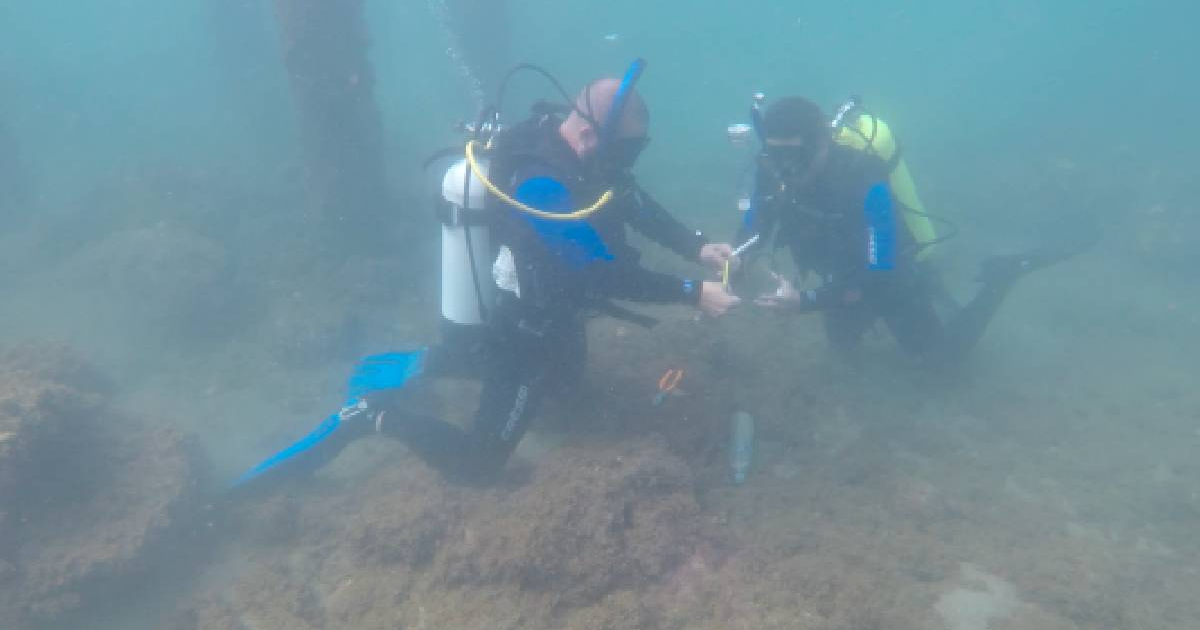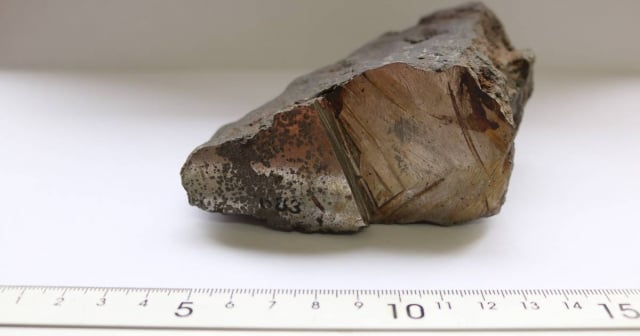
The International Atomic Energy Agency (IAEA) announced that it is collaborating with Cuban researchers in the detection and monitoring of marine biotoxins, specifically ciguatoxins, which are toxins produced by harmful blooms of microscopic algae.
According to a publication from the entity, these efforts aim to mitigate outbreaks of ciguatera, a disease caused by the consumption of contaminated seafood and fish, which can lead to issues ranging from digestive problems to serious neurological symptoms.
The IAEA has trained Cuban researchers and technicians, many of them from Cienfuegos, in the use of a new approach called receptor binding assay (RBA).
This approach allows for precise detection of ciguatoxins, even in samples that contain multiple toxin variants, the note details.
Likewise, technology transfer helps scientists on the island to monitor marine toxins more effectively, allowing authorities to make informed decisions about seafood safety to protect their citizens and maintain sustainable fisheries, the publication emphasizes.
"With the appropriate tools, ciguatera blooms and ciguatoxin outbreaks can be effectively mitigated," said Alejandro García Moya, director of the Center for Environmental Studies of Cienfuegos (CEAC).
It details that "the IAEA workshops for transferring knowledge on the monitoring and management of marine toxins are a key aspect in building capacity and strengthening small island developing states, and they have a direct impact on the management of harmful algal blooms and their effects on our marine environments and the people who depend on them."
An article published by the IAEA on July 10 reported that harmful algal blooms (HAB) are responsible for thousands of poisoning cases worldwide each year.
In March, the CEAC announced the start of this research using advanced techniques. This research institution, located in the central region of the island, launched the scientific project Diversity, distribution, and toxicity of Gambierdiscus spp. and Fukuyoa spp. in Cuba through the application of molecular and nuclear techniques – Ciguatox, the newspaper Granma reported at that time.
The Ministry of Science, Technology and Environment of the country describes ciguatera on its website as a food poisoning caused by the consumption of sick fish, whose effects on humans can be severe and lead to death.
The affected person experiences gastrointestinal discomfort, including nausea, vomiting, cramps, and diarrhea, followed by neurological symptoms such as paresthesia (a sensory disorder manifested by abnormal sensations without an apparent cause, such as tingling), cramps, and weakness.
You may also experience episodes of hypotension and hypertension, bradycardia (low heart rate), and tachycardia (heart rate exceeding 100 beats per minute).
What do you think?
COMMENTFiled under:






